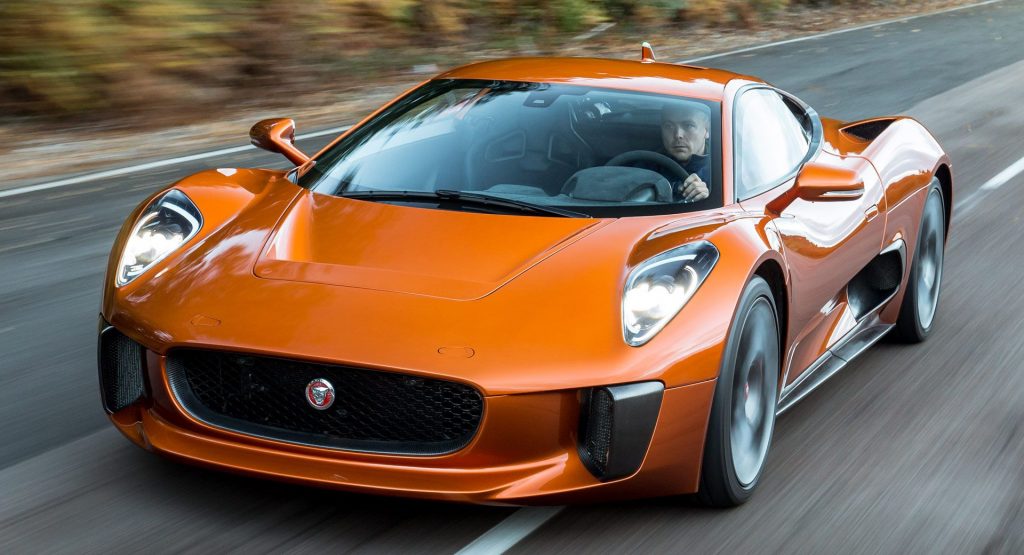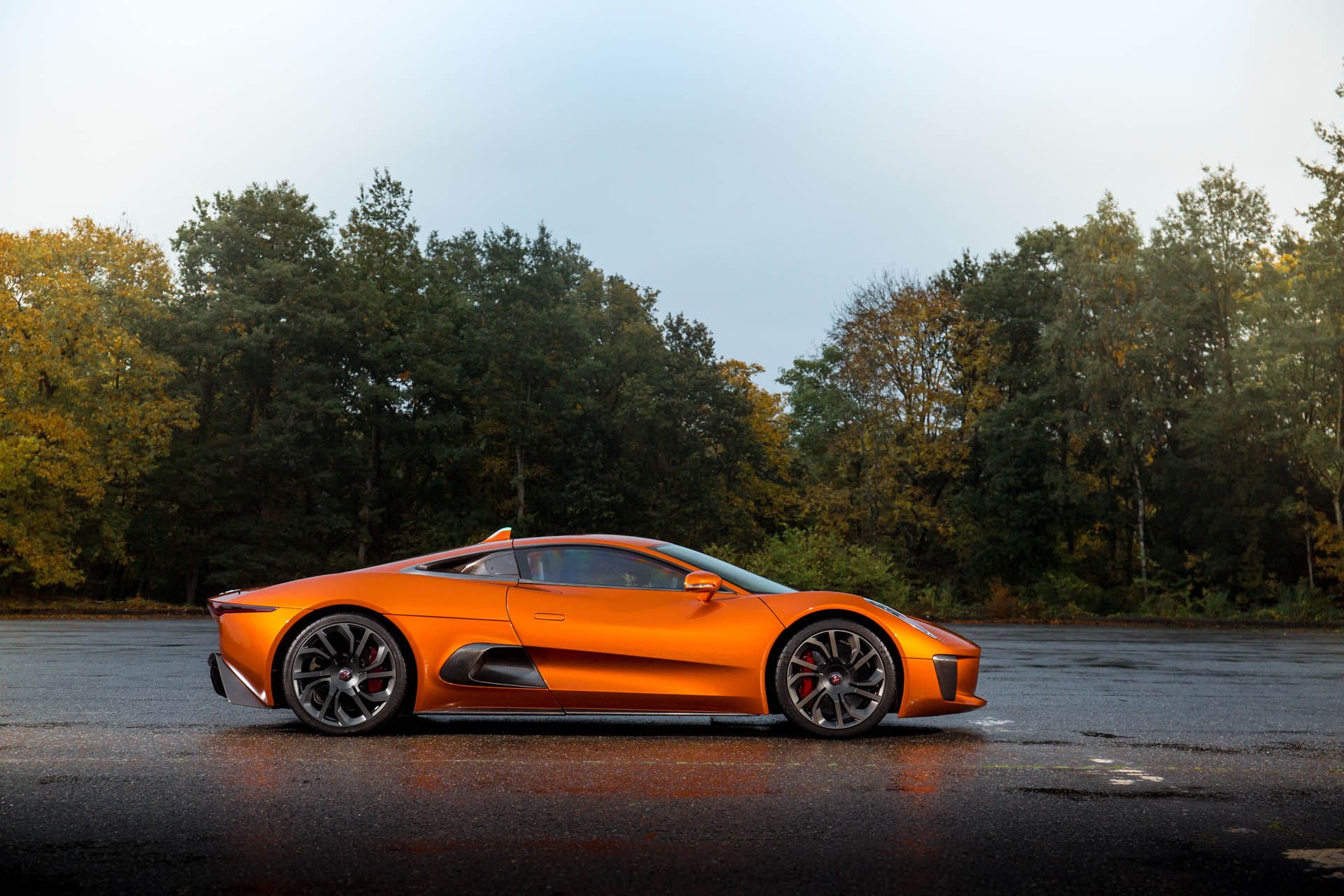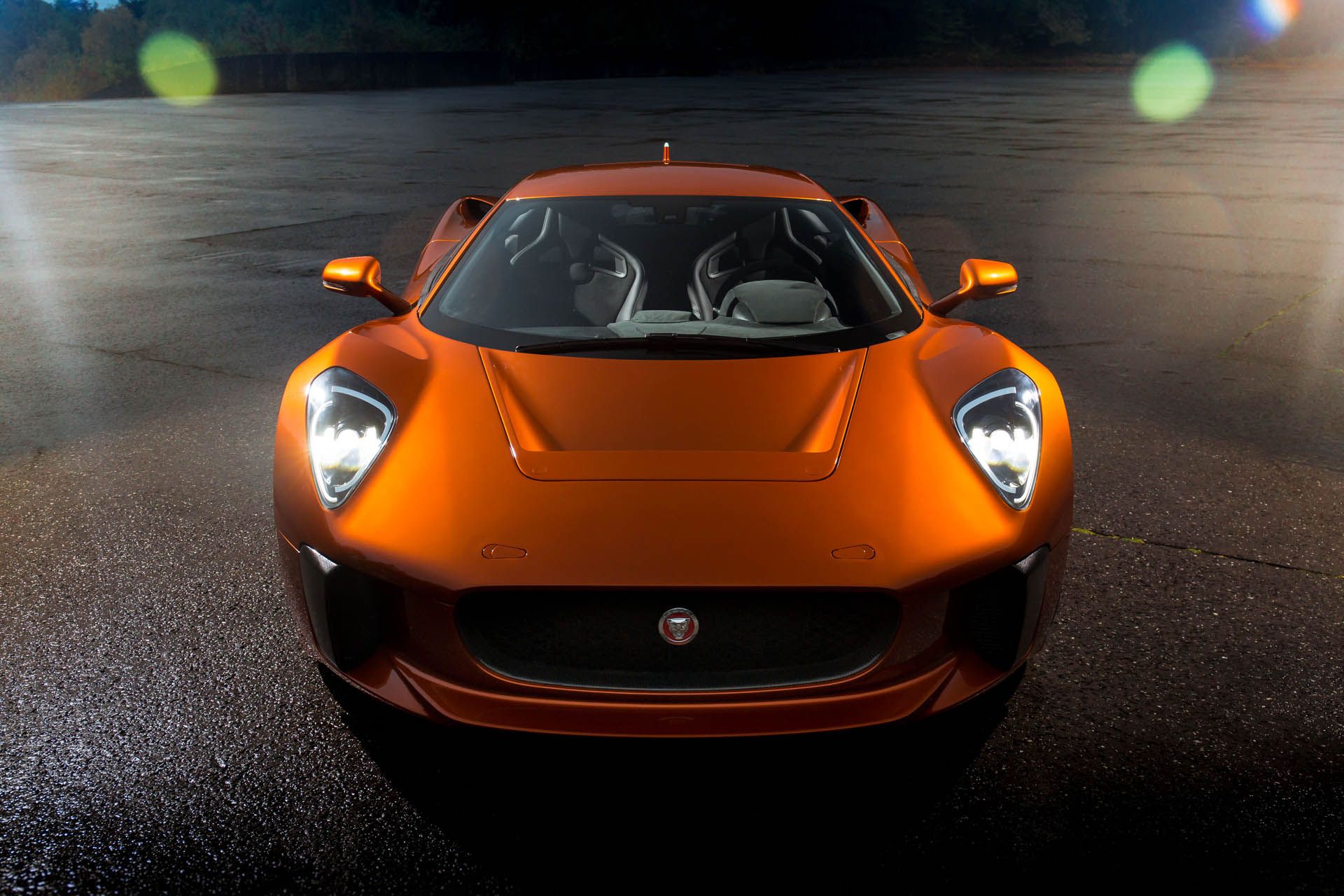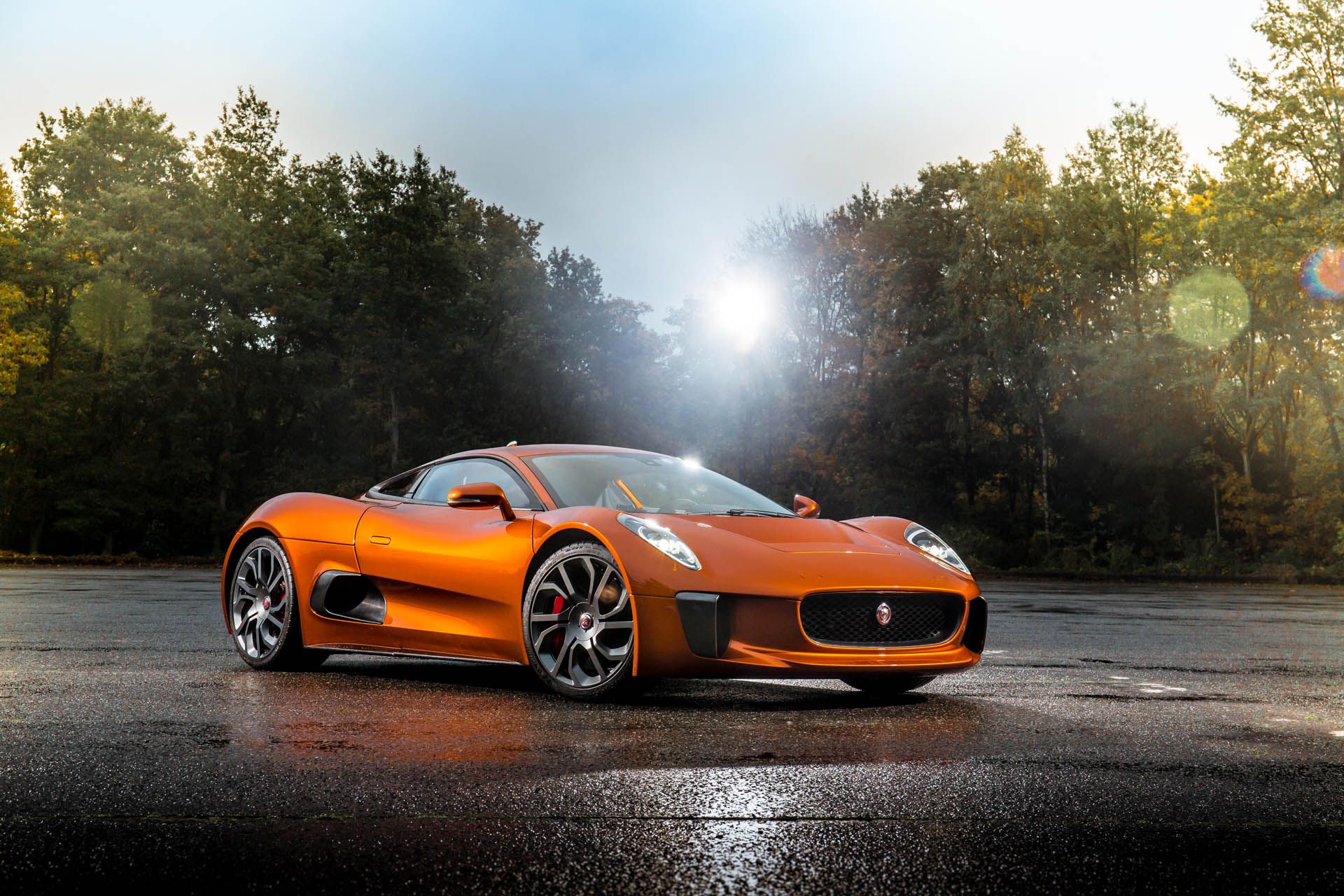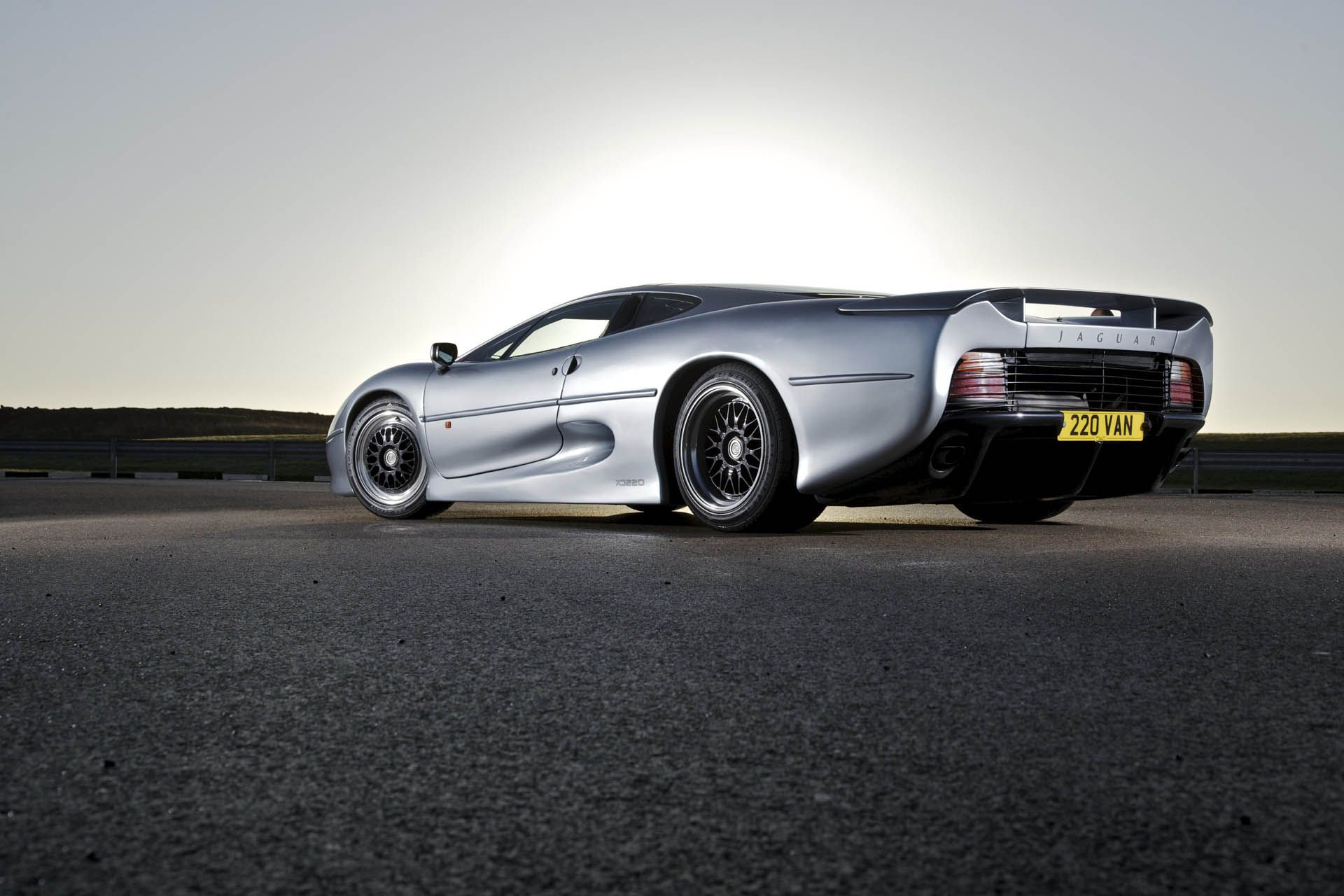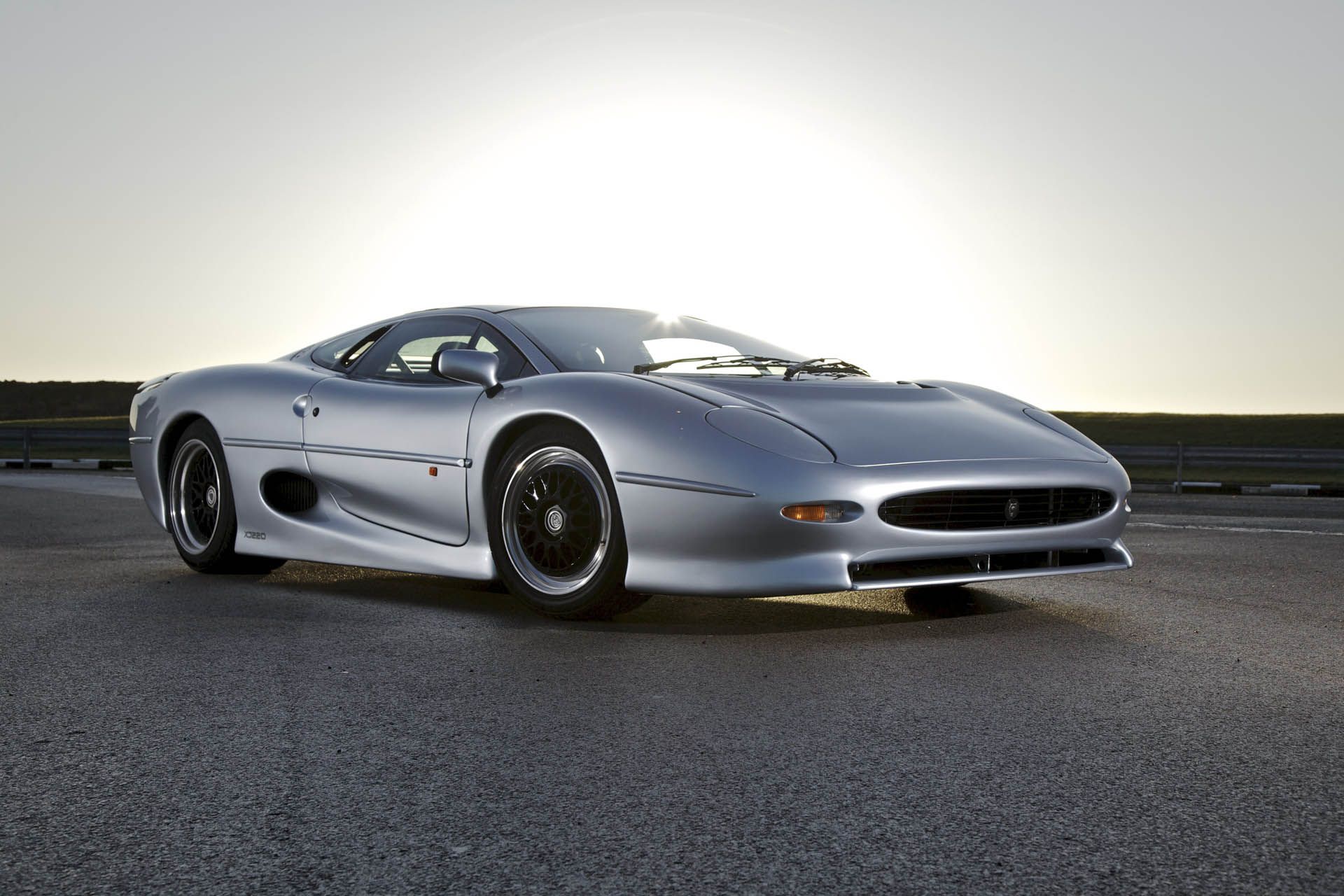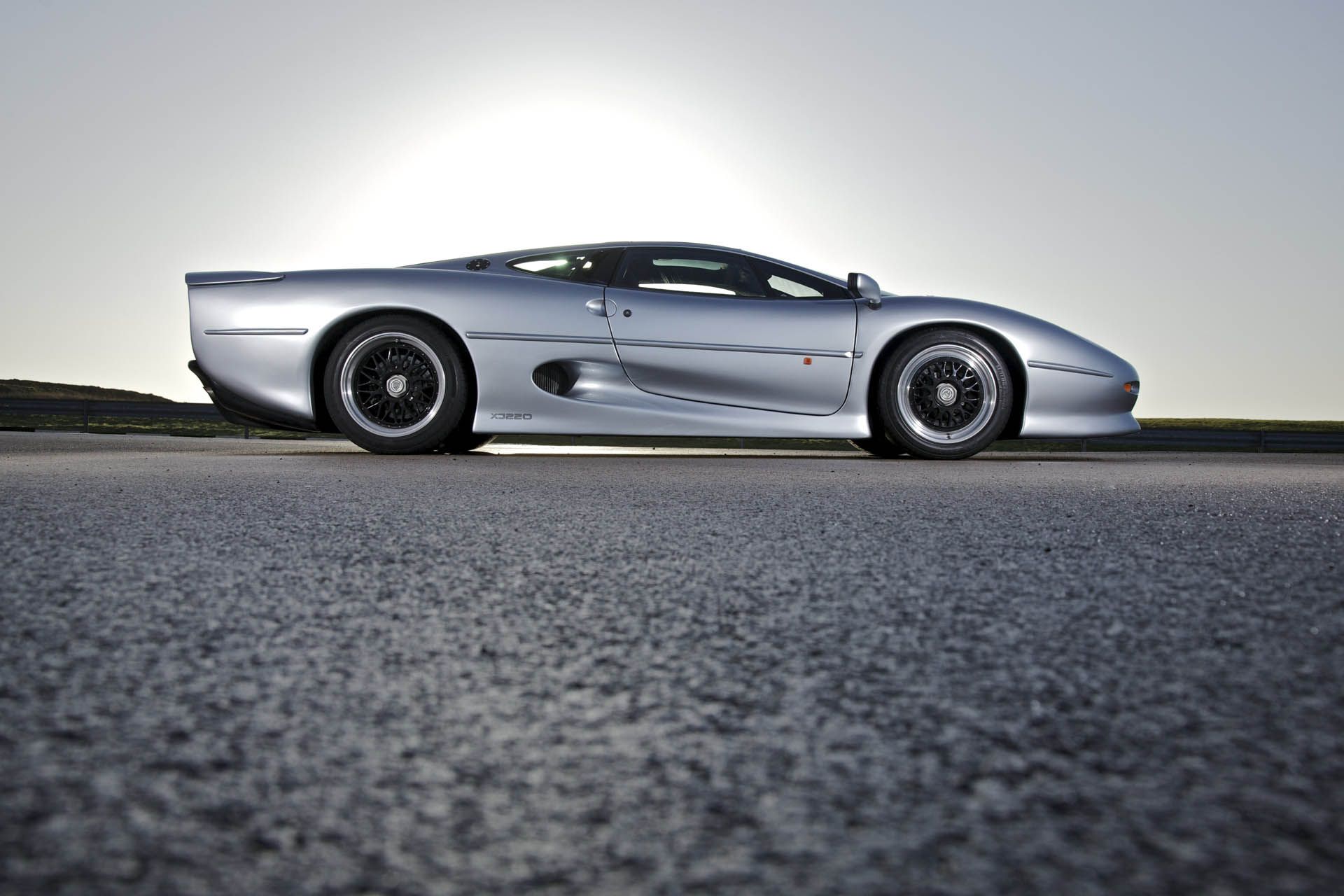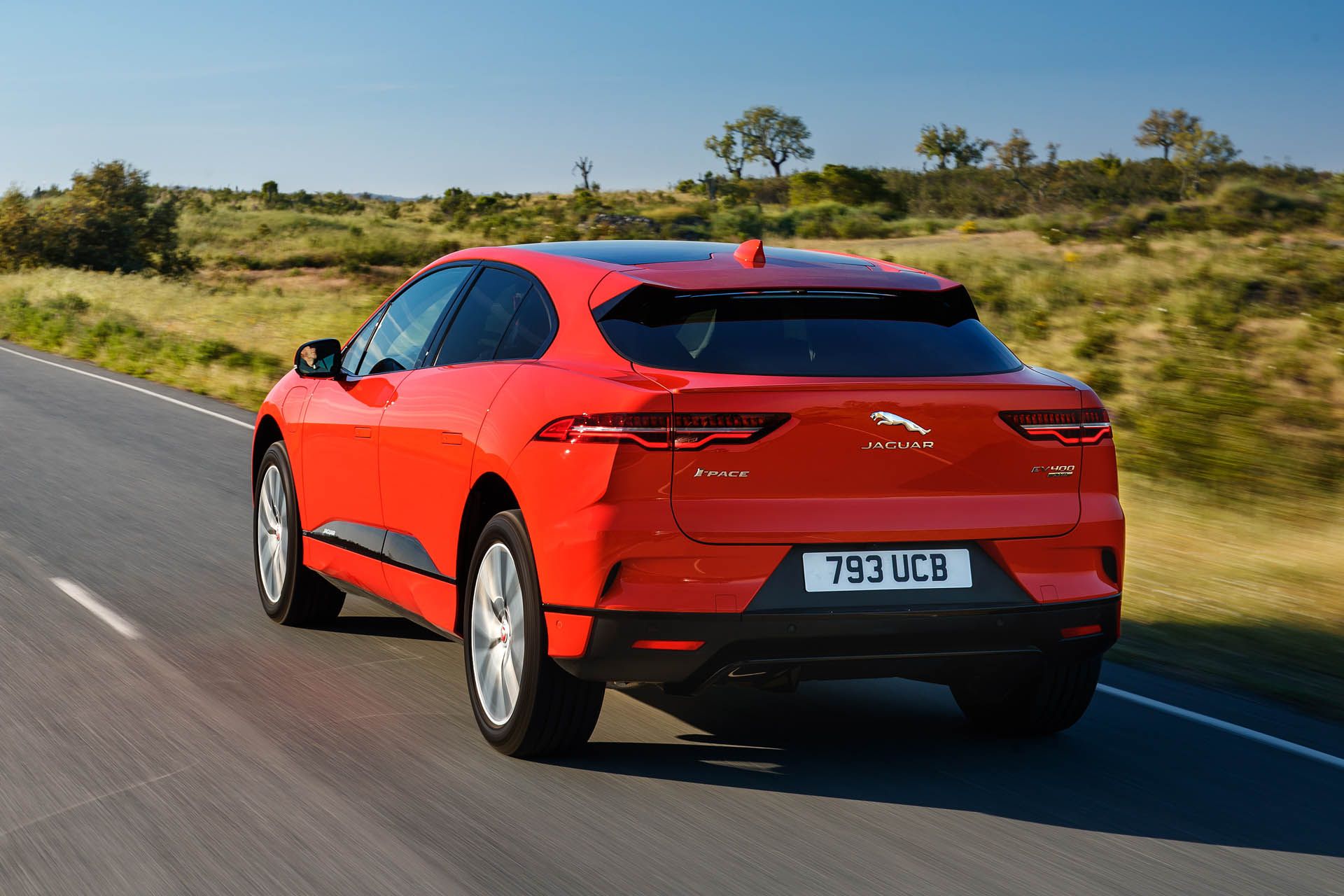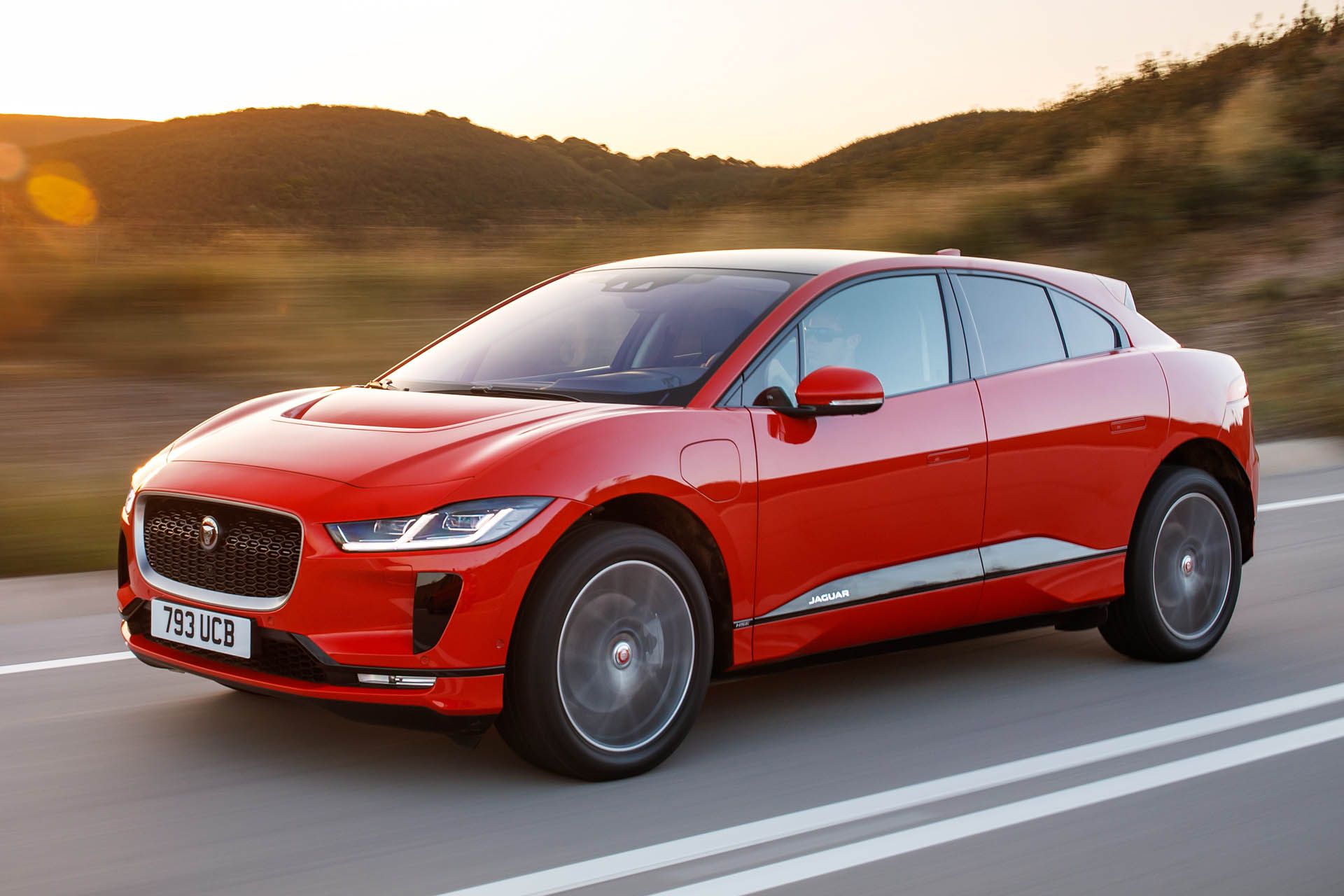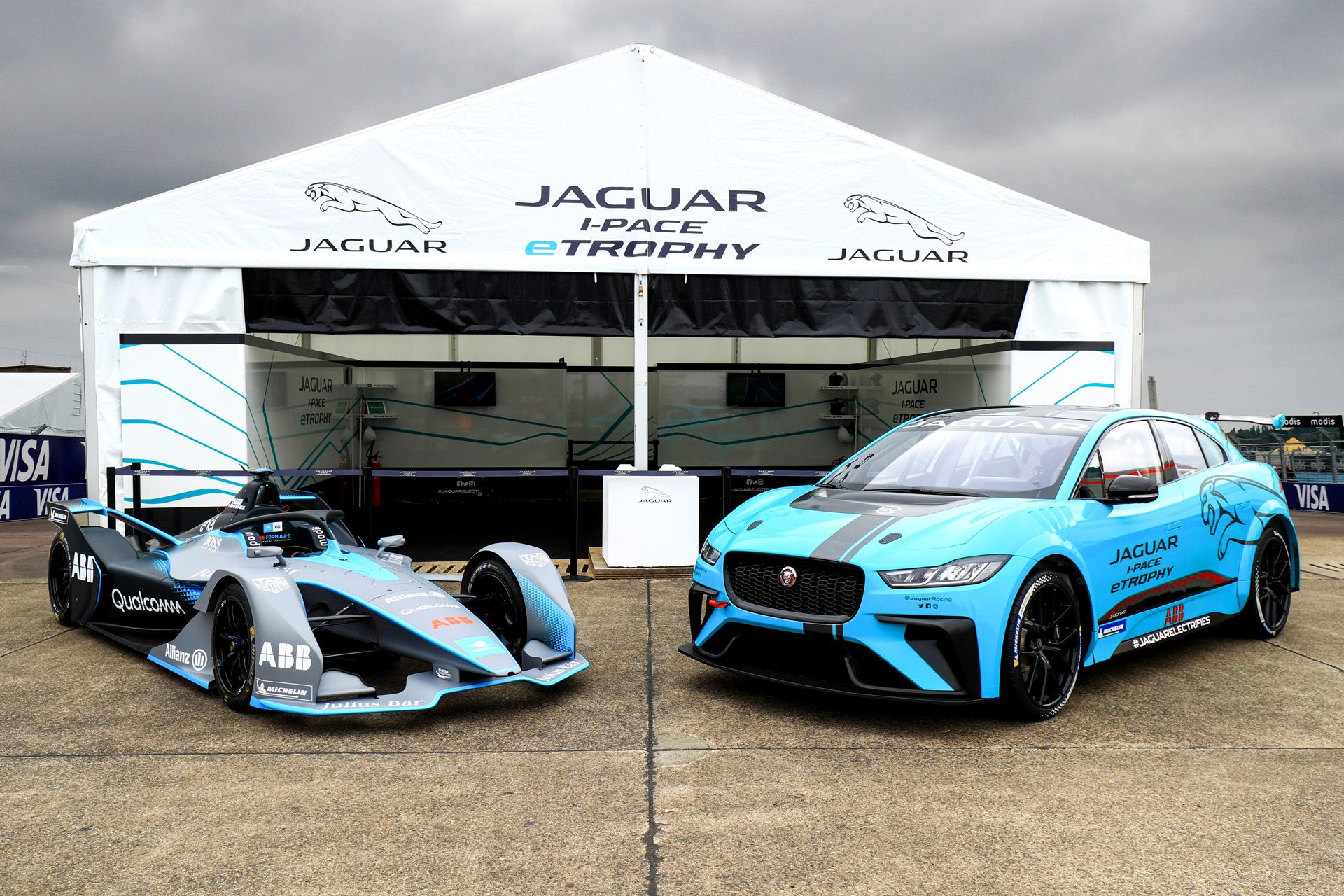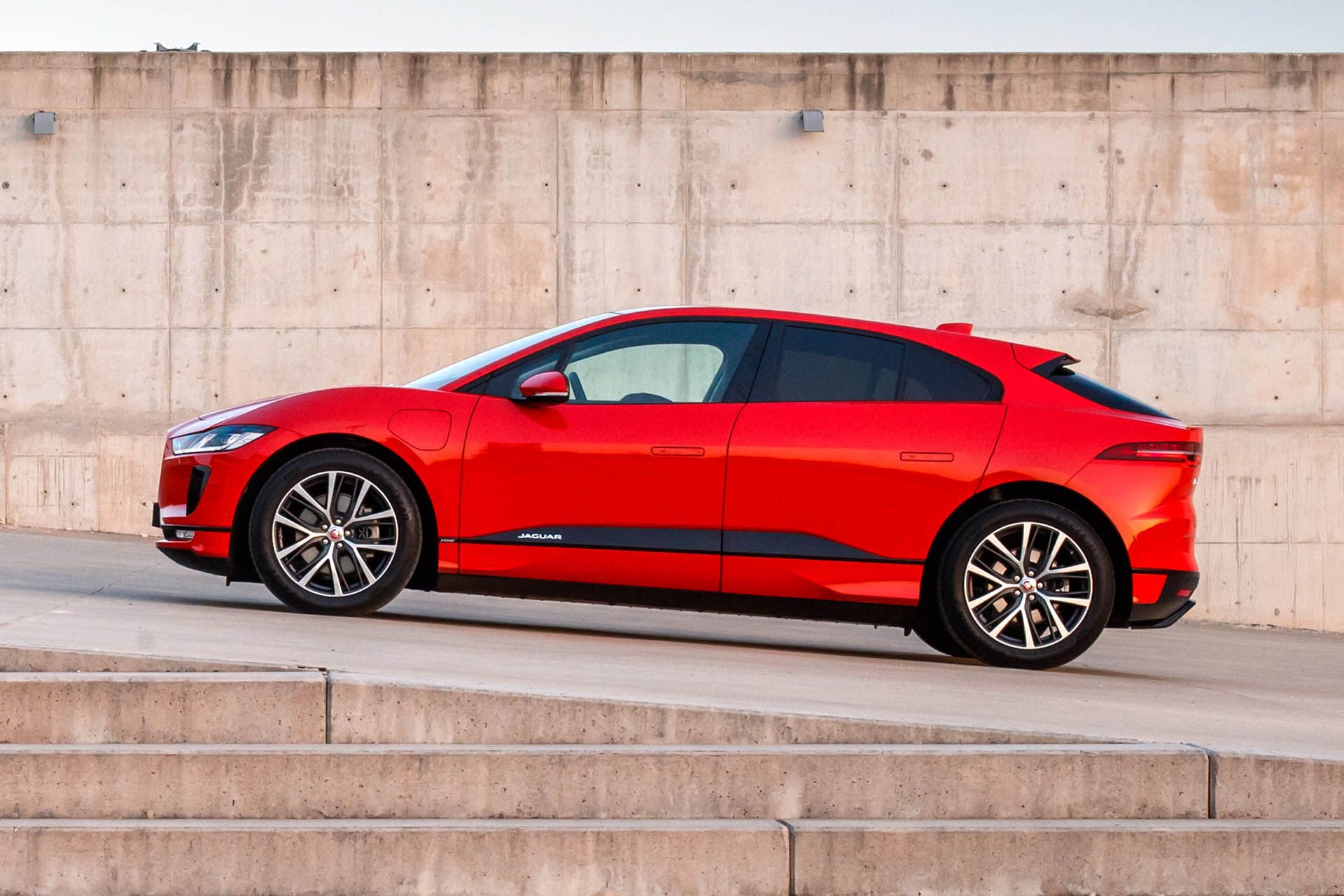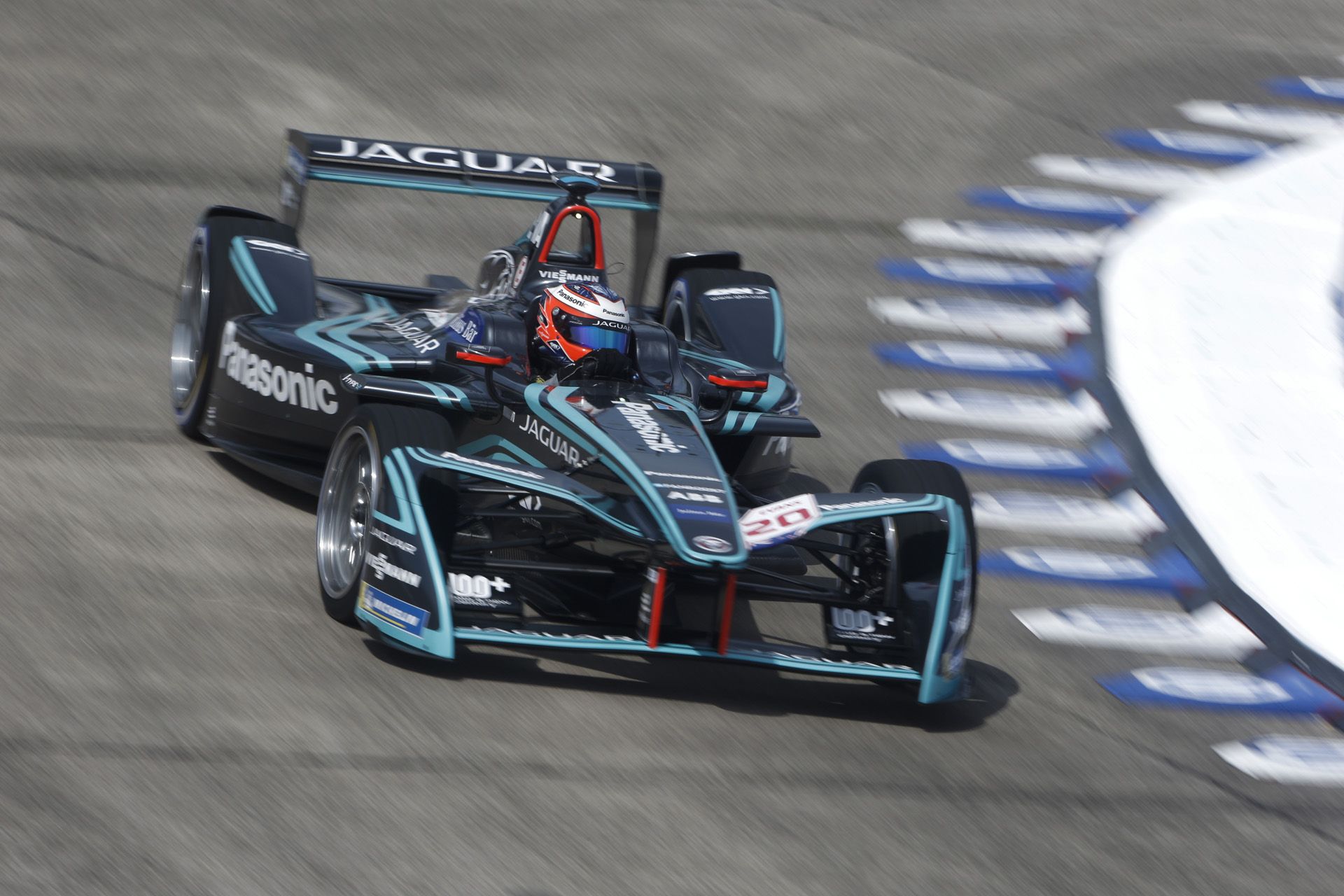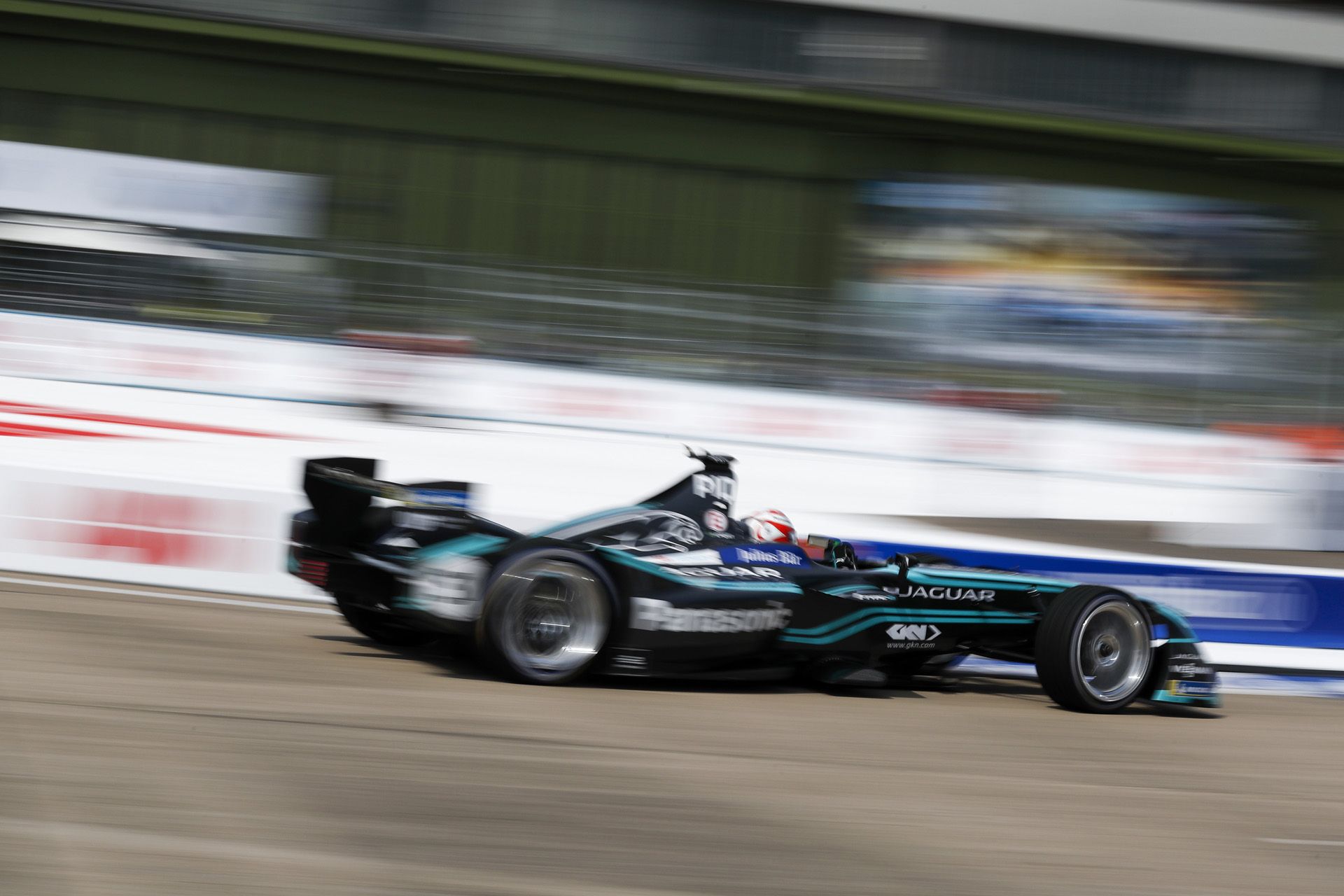Jaguar may be known first and foremost as a luxury automaker. But along the way, it’s been known to produce some sports cars. Supercars, even. And maybe a new electric hypercar, if the latest reports come to fruition.
“EV is a very elegant solution for an automobile, and that’s transferable from something that’s a city car all the way up to a hypercar,” Dave Shaw, the engineering manager behind the new Jaguar I-Pace, told Motoring. “I think, personally, moving forwards, once people accept that actually there’s more benefits that come with an EV rather than negatives, why would that not work in a hypercar?”
The history of mid-engined Jaguar supercars dates back to the XJR-15 developed with Tom Walkinshaw Racing in the early 1990s. It packed a 6.0-liter V12 in the middle of an industry-first carbon-fiber chassis, and yielded just 53 examples.
Once Jaguar Sport was done with the XJR-15, it moved on to the legendary XJ220. Though initially designed to incorporate a V12 and all-wheel drive, the finished product ended up with a 3.5-liter twin-turbo V6 driving the rear wheels. It was still one of the fastest supercars of its time, and Jaguar produced 281 of them.
Its mantle laid unclaimed until the company, now under Tata’s patronage, revealed the C-X75 concept in 2010. It was designed to accommodate an advanced turbine hybrid propulsion system, but was subsequently redesigned around a high-specific-output 1.6-liter twin-charged inline-four hybrid powertrain. But aside from a handful of prototypes – some of which were used in the James Bond film Spectre – it was never put into production.
There’s no telling what Jaguar might do with a purely electric hypercar this time around. But the costly platform atop which the new I-Pace is built was designed to be highly scalable, and Jaguar’s been gleaning valuable electric-performance expertise in Formula E. Here’s hoping that if and when the electric hypercar does arrive, it’ll prove worthy of the supercars that came before.



